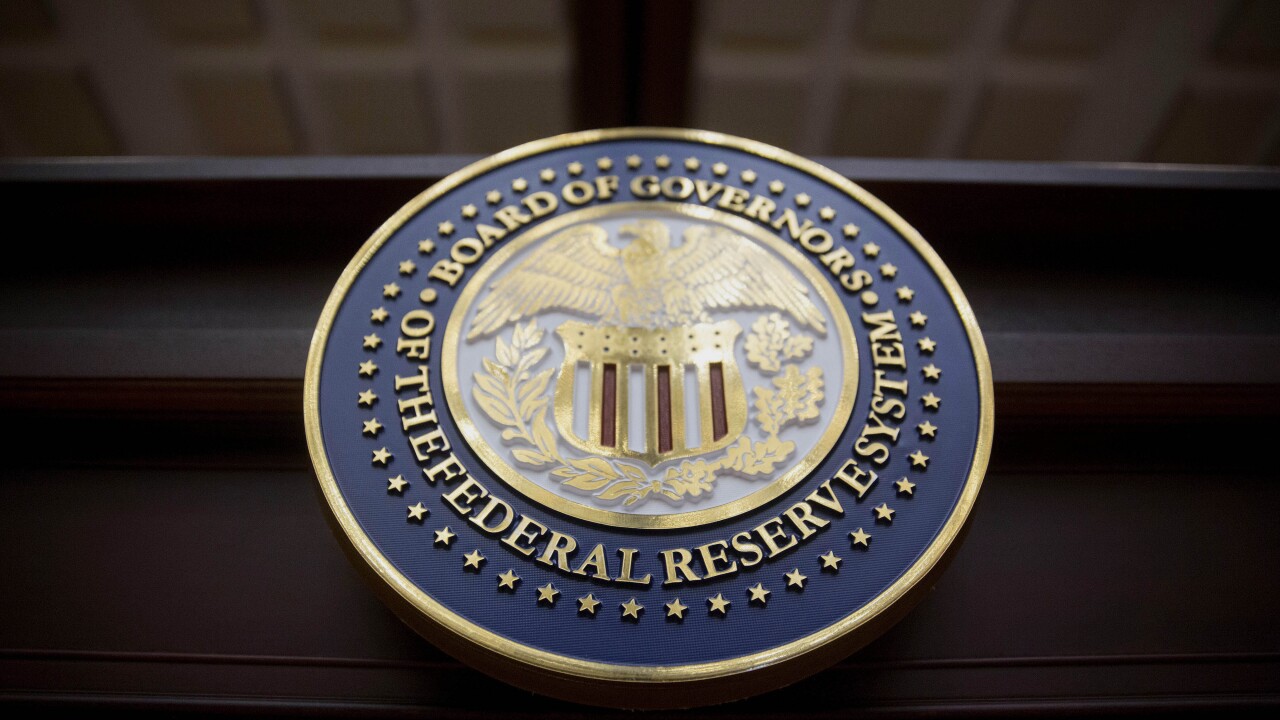Stablecoins
How are banks approaching dollar-backed digital assets (stablecoins)?
Stablecoins have moved from the edge of the
Banks are testing stablecoins for cross-border payments, liquidity management, and digital wallets. Some are also exploring how stablecoins can support interbank transactions or be issued directly by regulated institutions. As the landscape takes shape, stablecoins are starting to look less like an experiment and more like infrastructure.
-
Visa and Mastercard face pressure to lower payment charges globally, while the London-based fintech receives more fraud reports than the country's largest banks.
October 16 -
It won't be cryptocurrencies or central bank digital coins that revolutionize global finance, but rather banks offering deposit tokens that have many of the benefits of both.
October 9
-
Recent advancements in transaction processing aim to improve visibility into cash flow, which can be thrown into chaos with uncertain shipments.
October 3 -
The Visa Tokenized Asset Platform will allow banks to "mint, burn and transfer" tokens as more financial institutions and businesses express interest in how cryptocurrencies and blockchain technology can improve their operations.
October 3 -
In September's roundup of top tech news: Banks and credit unions continue to shift away from banking as a service, Donald Trump announces planned launch of World Liberty Financial cryptocurrency firm and more.
September 30 -
Top banking trades have thrown their support behind the central bank's argument that it has discretion over access to its payments systems. Custodia is seeking to appeal a lower court ruling that affirmed that discretion.
September 27 -
Liberty Capital Bancshares in Texas agreed to acquire in-state peer Southwestern Bancorp; BNY announced it will buy managed-account software company Archer; Louisiana is supporting crypto but pushing back on CBDCs; and more in this week's banking news roundup.
September 20
The first three months of the year coincide with the start of President Donald Trump's second term in office. Investors are likely to be more interested in banks' outlooks amid swings in tariff policy than the first-quarter results.
Frequently Asked Questions:
How are banks approaching dollar-backed digital assets (stablecoins)?
Stablecoins have moved from the edge of the crypto, world to the center of policy and banking conversations. As regulators and banks weigh their role in payments, settlement, and reserves, this page follows the developments — from early pilots to proposed legislation.
Banks are testing stablecoins for cross-border payments, liquidity management, and digital wallets. Some are also exploring how stablecoins can support interbank transactions or be issued directly by regulated institutions. As the landscape takes shape, stablecoins are starting to look less like an experiment and more like infrastructure.
Why are banks paying attention to stablecoins?
Stablecoins are increasingly viewed as a potential upgrade to legacy payments systems. Banks are evaluating them for settlement, remittances, cross-border transactions, and tokenized deposit models.Are banks issuing their own stablecoins?
Some are exploring the option. Institutions like JPMorgan (with JPM Coin) and new entrants like PayPal are piloting bank-issued stablecoins, while others are watching regulatory developments before moving forward.How do stablecoins impact compliance and risk?
Issues include KYC/AML enforcement, cybersecurity, operational risk, and how reserve assets are held and reported. Banks exploring stablecoin activity must weigh both technological benefits and regulatory scrutiny.How are regulators responding to stablecoin innovation?
Congress is debating stablecoin-specific bills focused on reserve backing, issuer licensing, and oversight. The Federal Reserve, OCC, and state regulators are also shaping how bank involvement in stablecoin activity is supervised.How are banks using stablecoin?
Banks are using stablecoins to speed up cross-border payments, manage liquidity across global branches in real time, and test new forms of settlement between institutions. Some are integrating stablecoins into retail-facing digital wallets, while others are exploring interbank networks built on tokenized payments. These efforts are less about crypto speculation and more about making money move faster, with greater transparency and fewer intermediaries.- Real-time cross-border payments
- Internal liquidity management
- Retail-facing digital wallets
- Interbank tokenized payment networks
Top banks investing in stablecoin
List of institutions with greatest investment in stablecoin:- JPMorgan Chase – JPM Coin
- Custodia Bank – Avit Tokens
- Citigroup - Citi Token Services
- Societe Generale - USD CoinVertible
- Bank of America - Name yet to be released
- Fifth Third - Name yet to be released
- U.S. Bancorp - Name yet to be released









